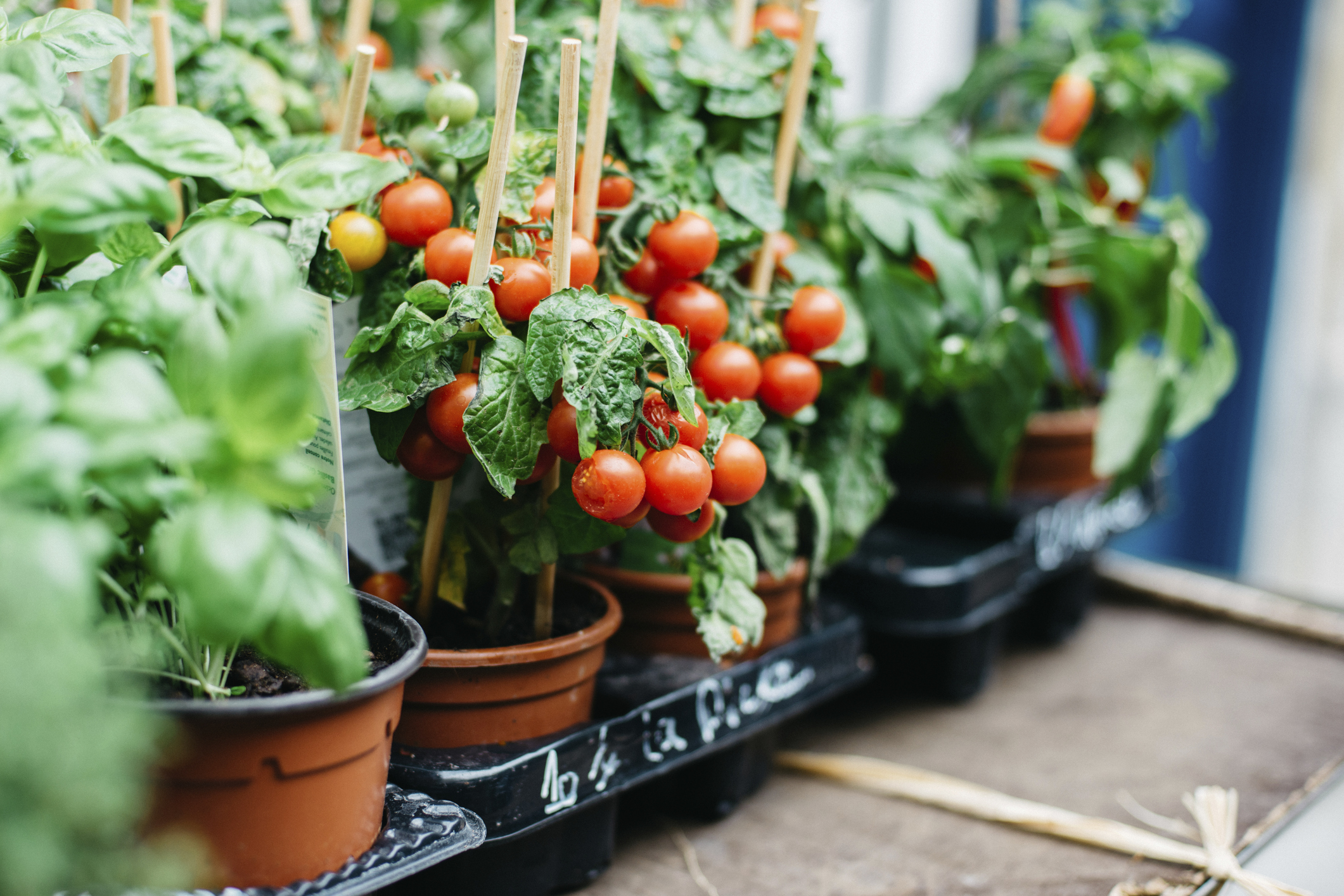
You need to know when to plant tomatoes to guarantee that bumper crop that feeds the family all summer. Fresh and delicious homegrown tomatoes beat the socks off supermarket ones when it comes to taste. The flavour of freshly picked tomatoes grown in full sun is a joy to behold, and there are countless types for you to grow – from small and sweet cherry varieties, to large beefsteak tomatoes, perfect for salads or nestled in burgers.
So, when should you plant tomatoes and how do you achieve the best crop?
Now is the time you should be sowing seeds, so read on to find out when and how to grow tomatoes, or find more gardening and planting advice in our garden ideas section.
- Change up your garden design using our advice piece
When to sow tomato seeds
It's easy to grow your own from seed, and tomatoes can be sown from late February to mid-March if you are growing them in a greenhouse. Find more advice on greenhouse growing here - or from late March to early April if you are going to be growing them outside.
Here is how to sow tomato seeds:
- Sow indoors in small, 7.5cm pots of moist compost
- Place in a propagator or cover pots with clingfilm and keep on a warm windowsill
- Keep the seedlings at a temperature of about 18°C
- Remove the cling film or pots from the propagator when the seeds have germinated - started to grow
- Transfer the seedlings to 9cm pots filled with multi-purpose compost when two leaves have formed
- Support stems of cordon tomatoes by tying them to a pea stick with soft string
- Continue to pot on as they grow
- Keep the compost damp
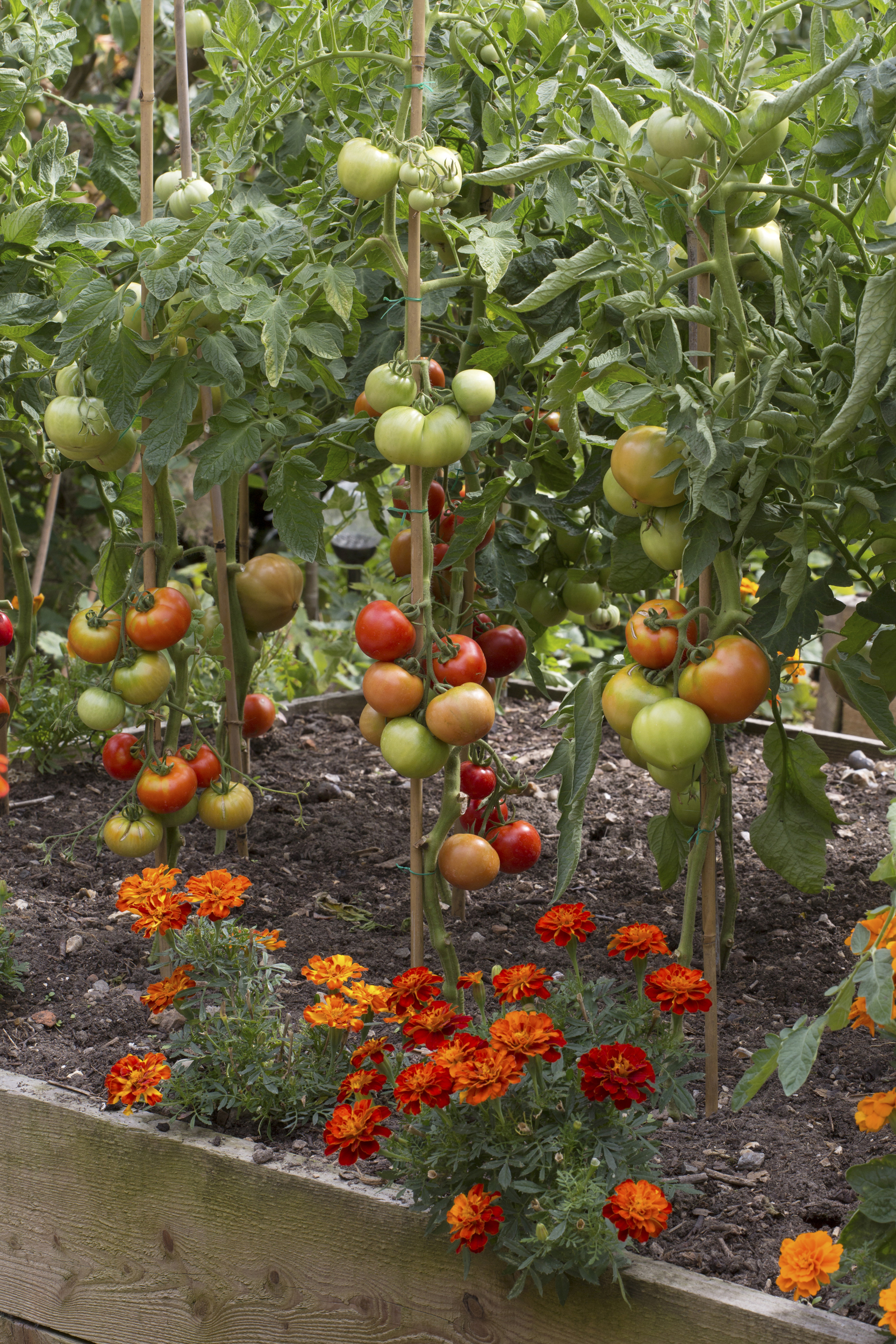
Cordon tomatoes will need to be staked to support them as they grow
If you don't want to grow tomatoes from seed – or don't have the space for it - you can buy young plants, which are available from garden centres in spring and can be ordered from online garden centres, too.
These young plants will still need to be protected from frost and hardened off before planting out (see below).
Types of tomatoes
There are two main growing types of tomatoes:
Bush types (determinate) are bushy, don't require staking and are usually planted in pots or hanging baskets with their stems trailing around the edge.
Cordon types (indeterminate) grow tall and need to be supported by a cane or stake.
For the beginner, bush tomatoes are probably the easiest to grow as they don't need to be staked, and you won't need to pinch out side shoots to keep the plant fruiting on a single stem (see below).
When to plant out tomatoes
Tomatoes are warm weather plants so will not grow in temperature below 10°C (50°F). Planting tomato plants when the night time temperature is at 10°C will give them enough time to mature a bit before fruiting.
Move them outside after the last frosts in May.
Before planting them out, first harden off the tomato plants. To do so, stand them in a sheltered spot outdoors during the day , for a few hours to begin with, and gradually increase the time until after a couple of weeks you can leave them out all night.
When planting tomatoes outside:
- Choose a sunny, sheltered spot
- Either plant 2 or 3 plants in a growing bag, or;
- Plant tomato plants in the ground where you have added lots of well-rotted manure, spaced 45–60cm apart
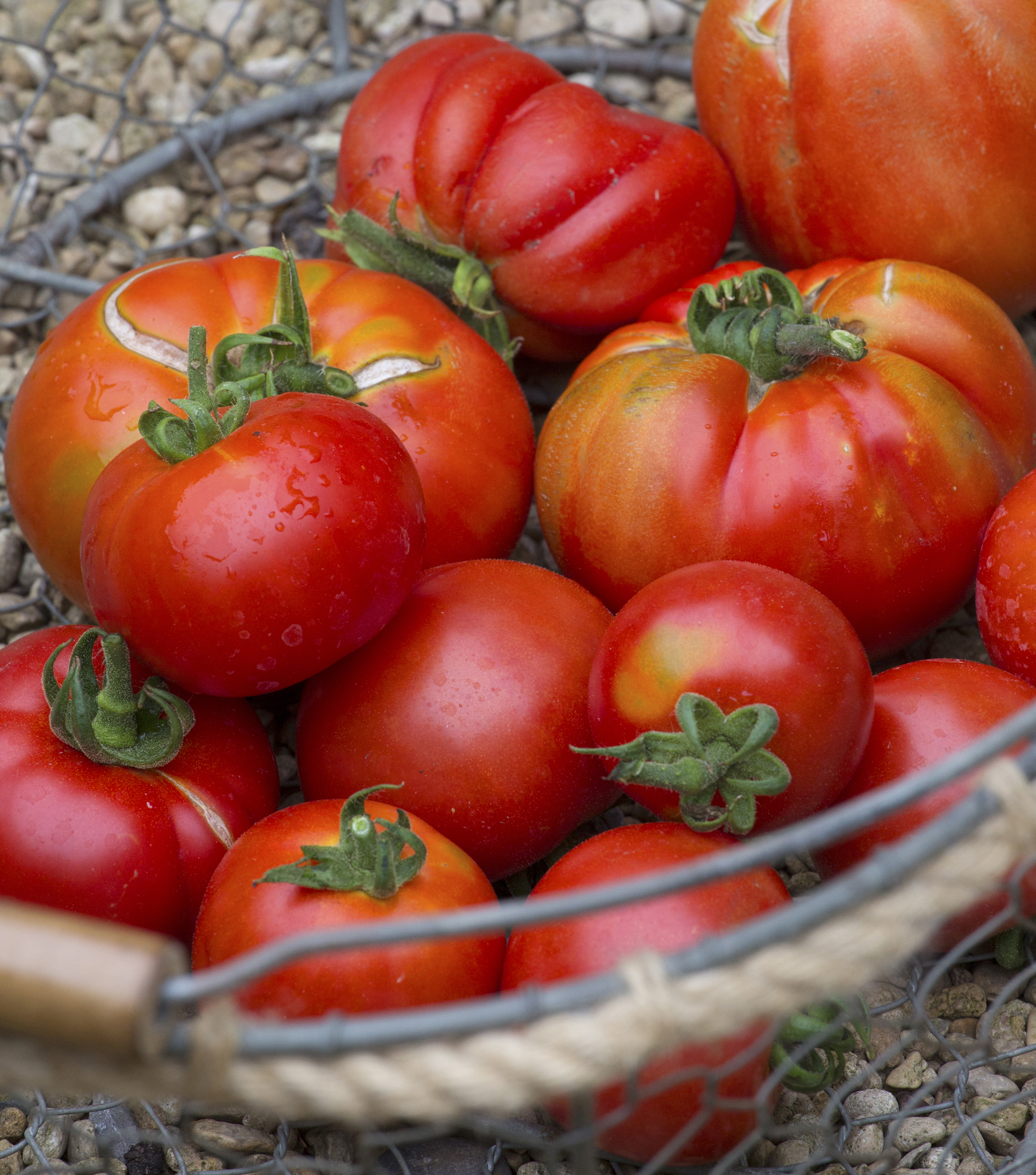
The taste of tomatoes freshly picked from the vegetable garden is incomparable
How to care for tomato plants
Cordon tomatoes
Stake the plants to support them by tying to a bamboo cane with garden twine.
Tall-growing cordon tomatoes will need to be 'pinched out' – the side shoots removed regularly when they are about 2.5cm long, so that they grow on a single stem.
Get more gardening advice from Period Living Magazine

Period Living is the Uk's best selling period homes magazine. Get advice, inspiration and ideas delivered to your door every month with a subscription
When the first tiny fruits begin to appear, strip away the leaves underneath to allow light and air to reach them better.
When there are four clusters of flowers (or seven clusters if you are growing the tomatoes in the greenhouse) pinch out the plant’s growing tip of the main stem.
Bush tomatoes
Bush tomatoes do not need to be staked. If the fruits are hidden under the leaves, thin out the foliage a little to let the sun through to ripen them. Support heavy clusters of flowers to stop the stems from snapping.
In the case of all tomatoes, once flowers appear, feed your plants weekly with liquid tomato food, and keep the tomatoes well watered, as irregular watering can cause the fruit to split.
How to pinch out tomatoes
Pinching out tomatoes will give you healthy growth and a better crop, rather than rangy, unproductive plants. To pinch out tomatoes, simply snap off the side shoots (also called 'laterals'); these are the shoots that grow between the leaf and the main stem. Ensure you're not snapping off a shoot with flower buds on them as these will become fruits. Any shoots that are much thicker than 5mm are safer cut off – snapping them off won't happen cleanly and you may damage the stalk.
When to harvest tomatoes
For the best flavour, leave tomatoes on the plants so they can ripen naturally.
Towards the end of the season, prune off the older leaves to let in more light. If the weather turns cold, pick the clusters to ripen indoors.
Tomatoes are best eaten straight away and don’t freeze well. Store for up to a week at room temperature – not in the fridge.
How can I stop blight reoccurring in tomatoes?
Horticulturalist and garden expert Matt James explains, 'Tomato blight is most common in warm, wet weather. Outdoor tomatoes are much more susceptible to infection, with greenhouse crops less so. Symptoms include a watery rot on the leaves, which quickly collapse, brown lesions on the stems and patchy brown fruit.'
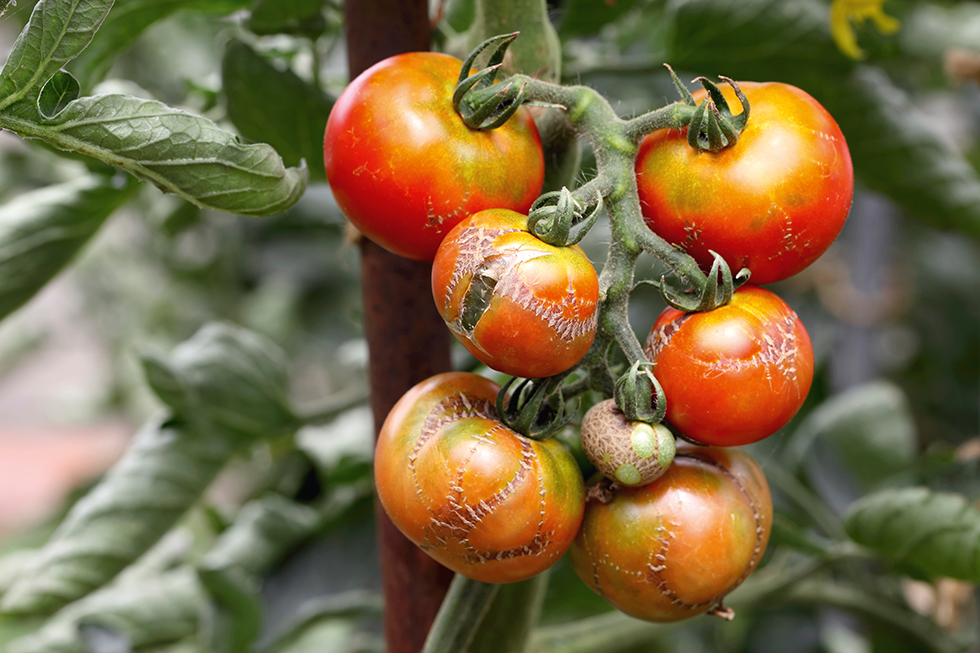
Prevention is the key. Water only at the base of the plant — water left on the leaves encourages the disease. Open up your greenhouse vents on hot days and never grow potatoes and tomatoes together, as blight affects them both. Bordeaux mixture is a useful fungicide for preventative treatment, but is not suitable for organic gardeners.
Tomato varieties such as ‘Fantasio F1’, ‘Legend’, ‘Ferline’ and ‘Losetto’ offer some resistance to blight — try these instead.
Join our newsletter
Get small space home decor ideas, celeb inspiration, DIY tips and more, straight to your inbox!
-
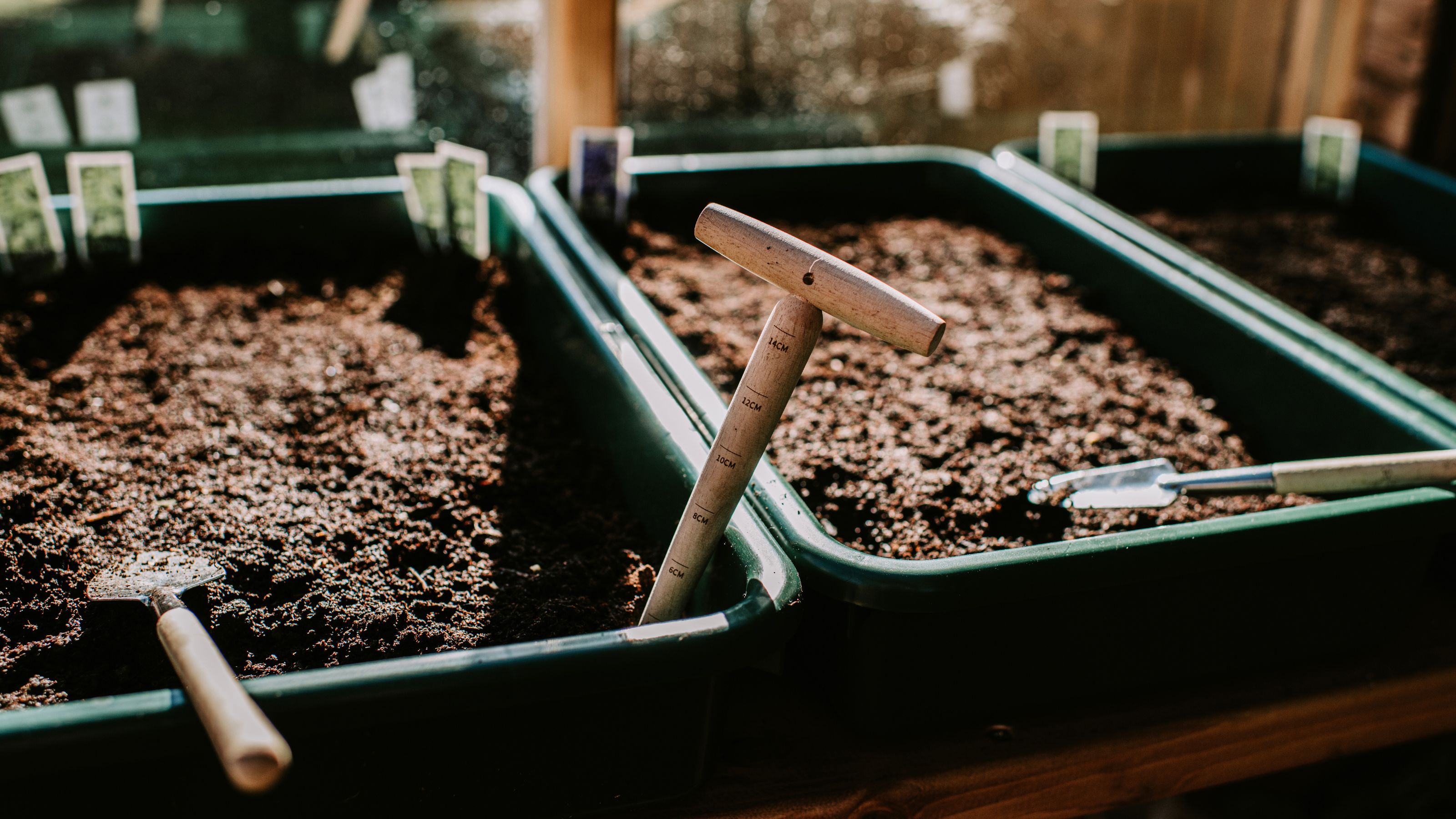 How to make compost — 8 easy steps gardening pros always use
How to make compost — 8 easy steps gardening pros always useLearn how to make compost at home in seven easy steps, whether you have a bin or want to create a compost heap. We've asked pros for their top tips
By Eve Smallman Published
-
 Planting ornamental grasses — the best types experts love and how to grow them
Planting ornamental grasses — the best types experts love and how to grow themWe've got you covered on planting ornamental grasses, speaking to experts about what ones to grow, how to grow them, and factors to consider
By Eve Smallman Last updated
-
 "Grotty" terrace is transformed with French flair and Ibiza vibes in the garden
"Grotty" terrace is transformed with French flair and Ibiza vibes in the gardenEsther Pillans' tired-looking Victorian terraced house was given a makeover with a touch of Parisian chic
By Ellen Finch Published
-
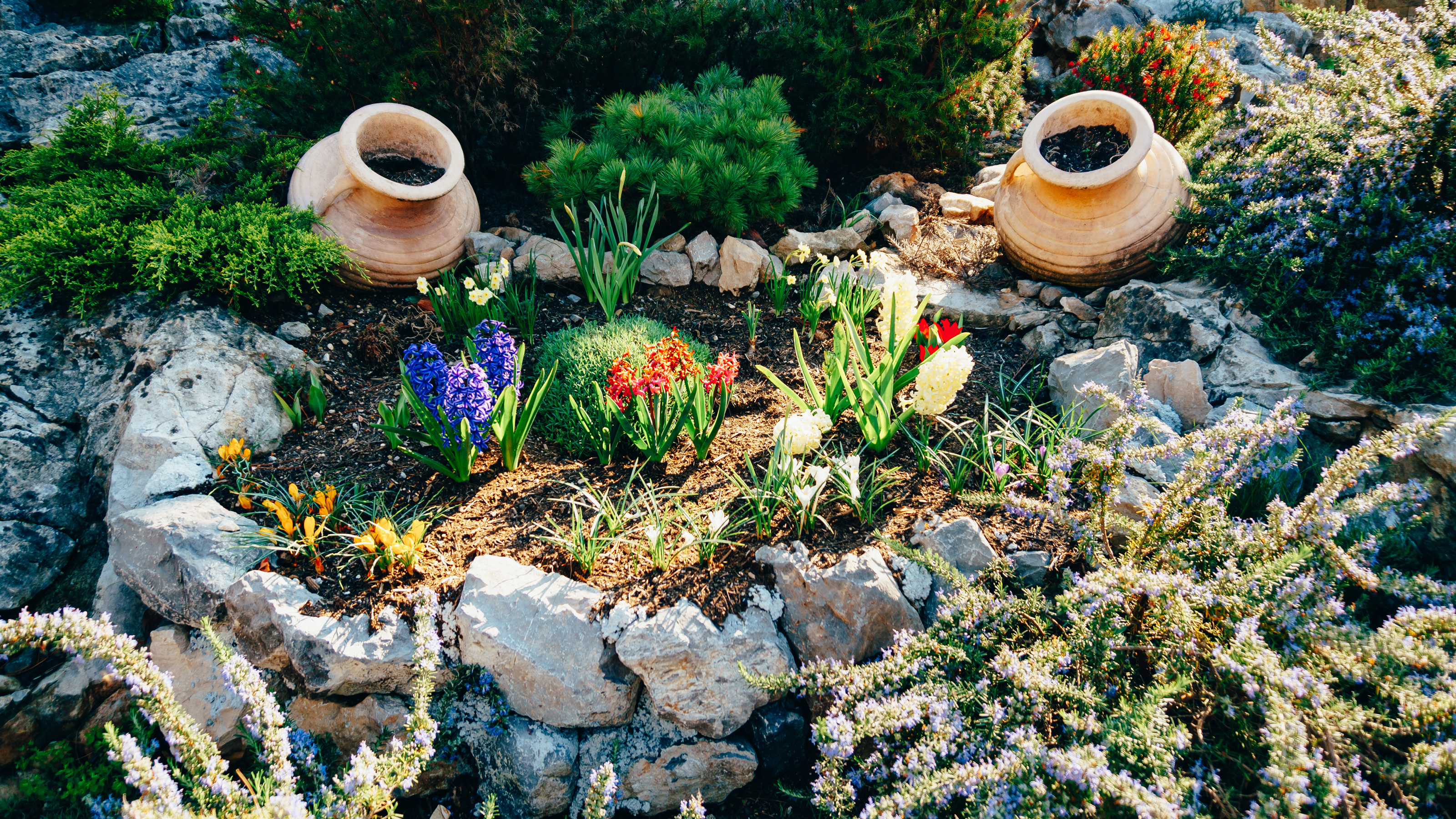 Rock garden ideas – 10 DIY ways to create a rockery
Rock garden ideas – 10 DIY ways to create a rockeryThese rock garden ideas are suitable for outdoor spaces big and small. Create your own rockery on a lawn or even on a balcony with just a few materials.
By Anna Cottrell Published
-
 Cabin fever? These chimineas will extend the life of your patio
Cabin fever? These chimineas will extend the life of your patioThis cold-weather season, cozy up to our favorite chimineas!
By Brittany Romano Published
-
 5 outdoor summer essentials to prove Society6 is your one-stop-shop this season
5 outdoor summer essentials to prove Society6 is your one-stop-shop this seasonCheck off all of your outdoor summer essentials by shopping exclusively at Society6.
By Brittany Romano Published
-
 The first-ever Etsy outdoor sale is happening now, and we're buying these 5 items
The first-ever Etsy outdoor sale is happening now, and we're buying these 5 itemsFor a limited time, this Etsy outdoor sale will give your backyard the facelift it needs — at a fraction of the cost.
By Brittany Romano Published
-
 The benefits of houseplants – 8 feel-good ways plants help your health
The benefits of houseplants – 8 feel-good ways plants help your healthEnjoy the many benefits of houseplants. Air-purifying, anxiety-soothing, mood boosting and more positive vibes.
By Camille Dubuis-Welch Published